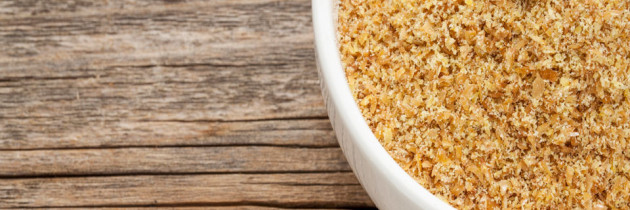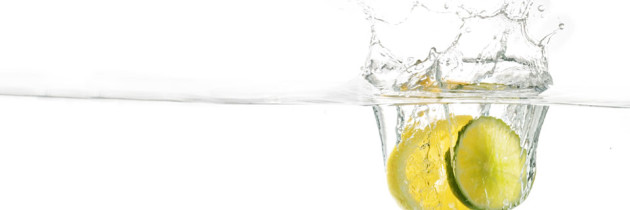Are Processed Foods Toxic?
The sharp increase of sugar in the American diet over the last few decades is a result of our dependence on processed foods. Sugar is found in so many hidden forms, and especially in overly-processed foods. It not only comes as white, brown, or powdered sugar, but as high fructose corn syrup, corn sweetener, honey, molasses, dextrose, sucrose, maltose, and all kinds of syrups. The next time you’re at the grocery store take a look at all the “maple syrups.” You’ll likely find only one or two brands that are actually pure maple syrup. The rest will have added ingredients such as corn syrup or maple “flavorings” that are high in caloric content and low in nutrients.
High fructose corn syrup
Perhaps one of the most harmful types of sugar is high fructose corn syrup. Not so long ago, most of our sugar came from sugar cane or sugar beets. These sources of sugars provided excellent sources of the B vitamins, magnesium, and chromium, but when processed, all these nutrients are removed. In the last 30 years, high fructose corn syrup has become a very popular substitute for sugar by manufacturers because it lengthens shelf life, is less expensive, and is very sweet. It’s also currently being blamed for the alarming rise of obesity in America. Start scanning labels and you’ll find corn syrup in sodas, protein bars, cakes, cookies, syrups, luncheon meats, condiments, and salad dressings.
Grains: unrefined and refined
Before processed foods, people ate grains in their whole state or, in other words, the grain was unrefined. Unrefined grains are heavy in texture and still contain the bran and germ. Therefore, they are higher in fiber, contain more vitamins and minerals, and keep your stomach “fuller” which decreases your appetite. Today we now eat those same foods, but they are overly-processed or have been refined by machinery. The refining process strips grains of essential nutrients, especially the B vitamins, minerals, enzymes and fiber. The B vitamins are necessary for carbohydrate metabolism and, if missing, the conversion of carbohydrate to energy is blocked. Most refined carbohydrates are digested quicker, raise the blood sugar, and leave you hungry.
White bread, white sugar, and white pasta are examples of refined grains. If it’s white, it’s probably not good for you. These products have all been stripped and are missing the vital nutrients. My thought process is just avoid the grains.
Check the label
Processed foods are popular because they are quick and easy. But don’t be fooled, processed foods have a lot of extra ingredients like bad fats, sugars, food colorings, artificial flavorings, and preservatives. The next time you purchase ketchup, read the label.
Store bought salad dressing is a perfect example of a product that typically has many hidden ingredients that aren’t good for you. Take a look at fat-free ranch dressing the next time you’re shopping. To prove that salad dressing can be simple and good, I’m including a healthy salad recipe with no processed ingredients.
Read More










